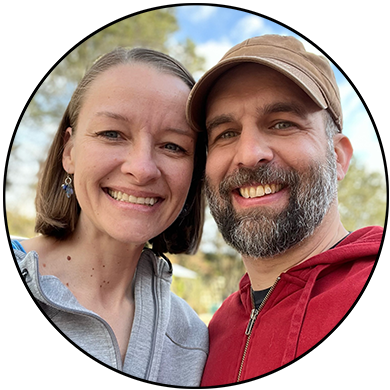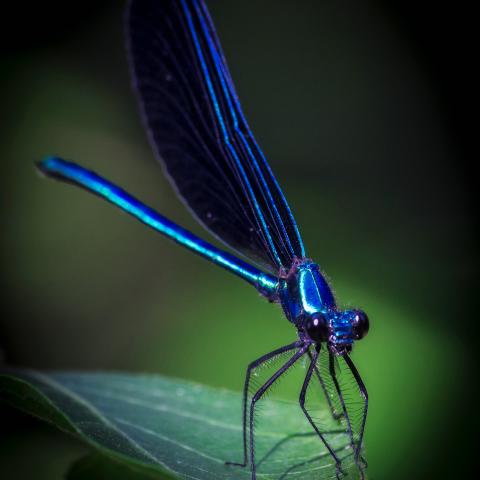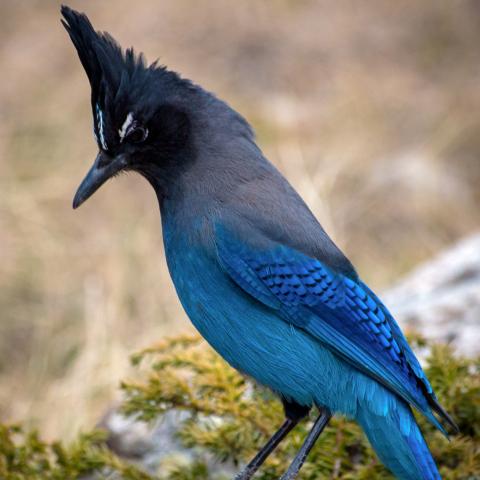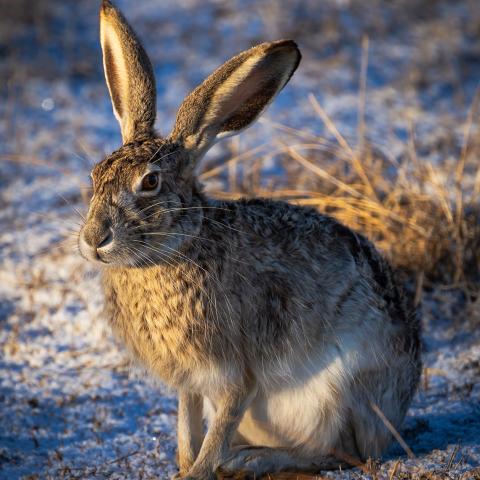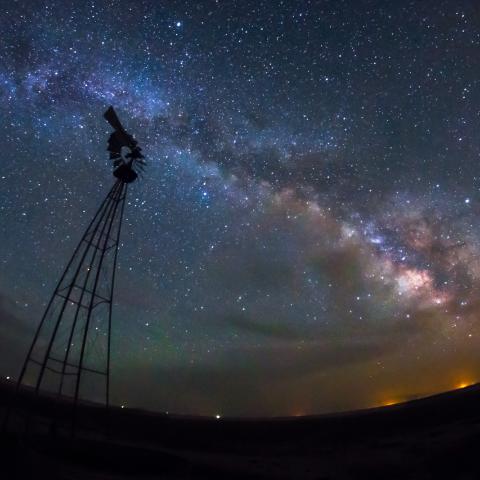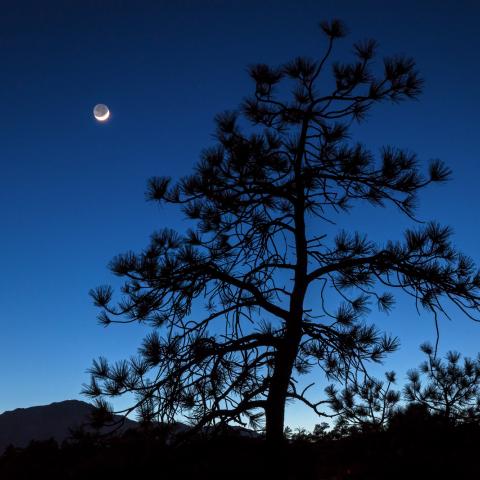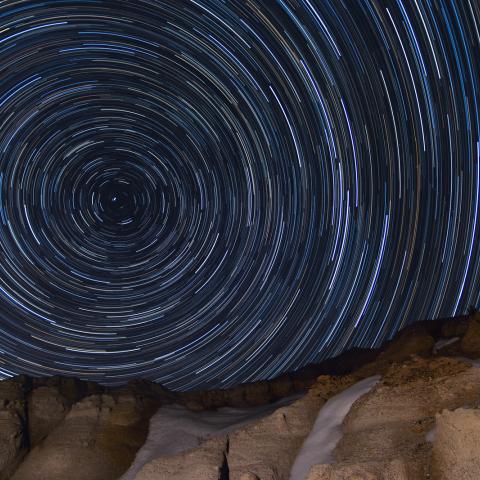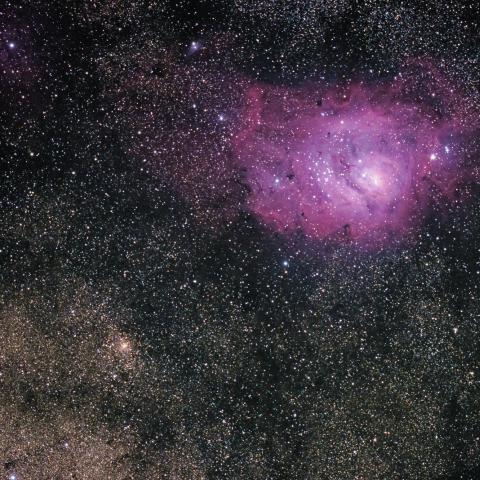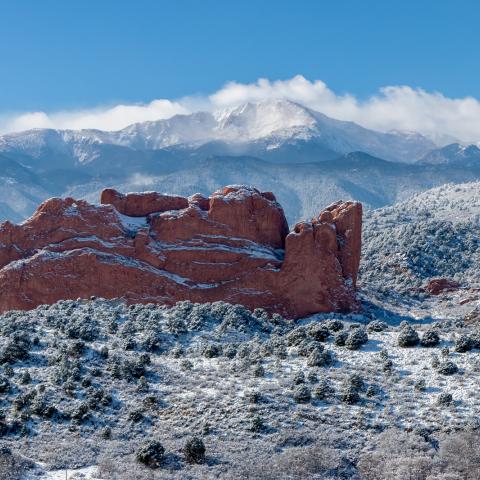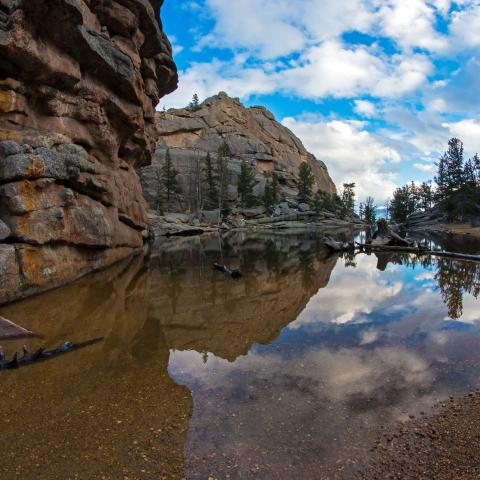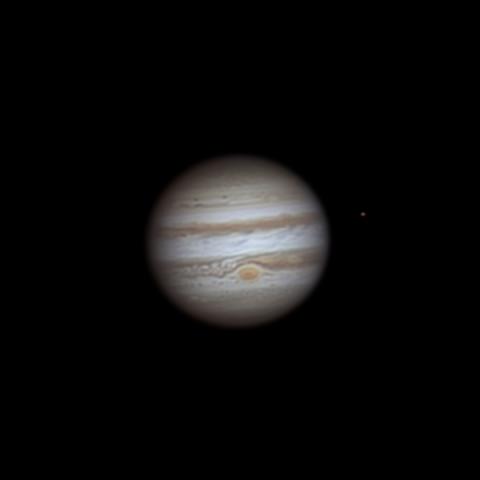An Ebony Jewelwing Damselyfly
A photo of an ebony jewelwing damselfly I took some years ago while I was still loving in Arkansas, where damselflies and dragonflies are everywhere due to the humidity and abundant water.
I took this with a Canon T3i DSLR and Sigma AF 70-300mm f/4-5.6 APO DG lens in macro mode.
